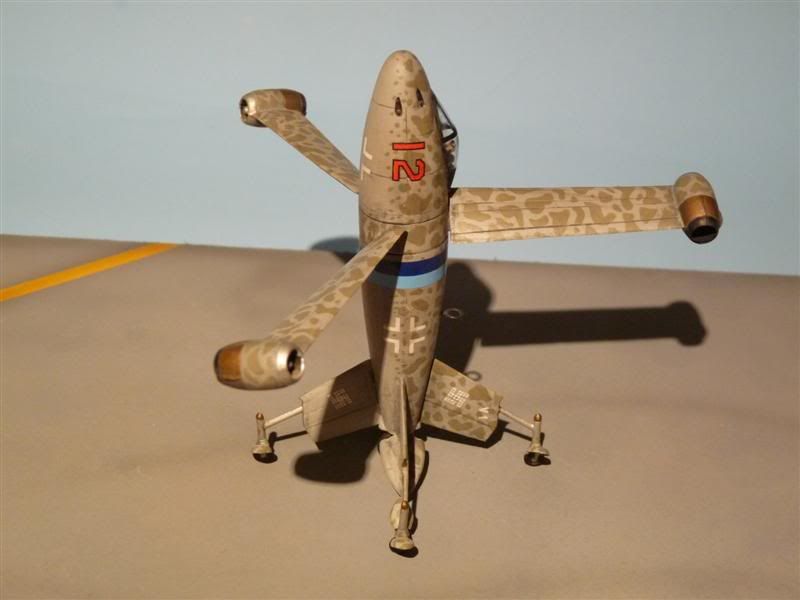https://www.youtube.com/watch?v=yQFbgmayQ-E
I just got the HTC vive and picked up this game, and I must say it really is amazing (esp. for us WW2 geeks). You are in a U-boat during WW2. It can be single or multiplayer up to 4 people (some ship features like loading torps. can be put on auto if you don’t have a full crew). I must say the realism is amazing. The game does not assign you a role, but to be efficient the people playing need to split up resp. to complete the mission. You are talking to these people, and running all over the ship to get the job done. It is so realistic the other day when I was playing I had a bit of flatulence and my first thought was “can’t do that here, will stink up the ship”, just to remember a couple seconds later “uh, I am in my living room!”.
It is not just the underwater stuff. You can go above deck and fire the 88 to take down merchant shipping, or fire the AA to knock down enemy aircraft. When the boat is getting depth charged you have to seal the leaks and pump out the excess water.
I am not big into gaming systems. XBOX and the playstation were not a big deal, and although I owned an xbox I almost never played it. VR is different. 20 years from now people are going to look at the present gaming systems the same we look at 1970s ‘Pong’.







